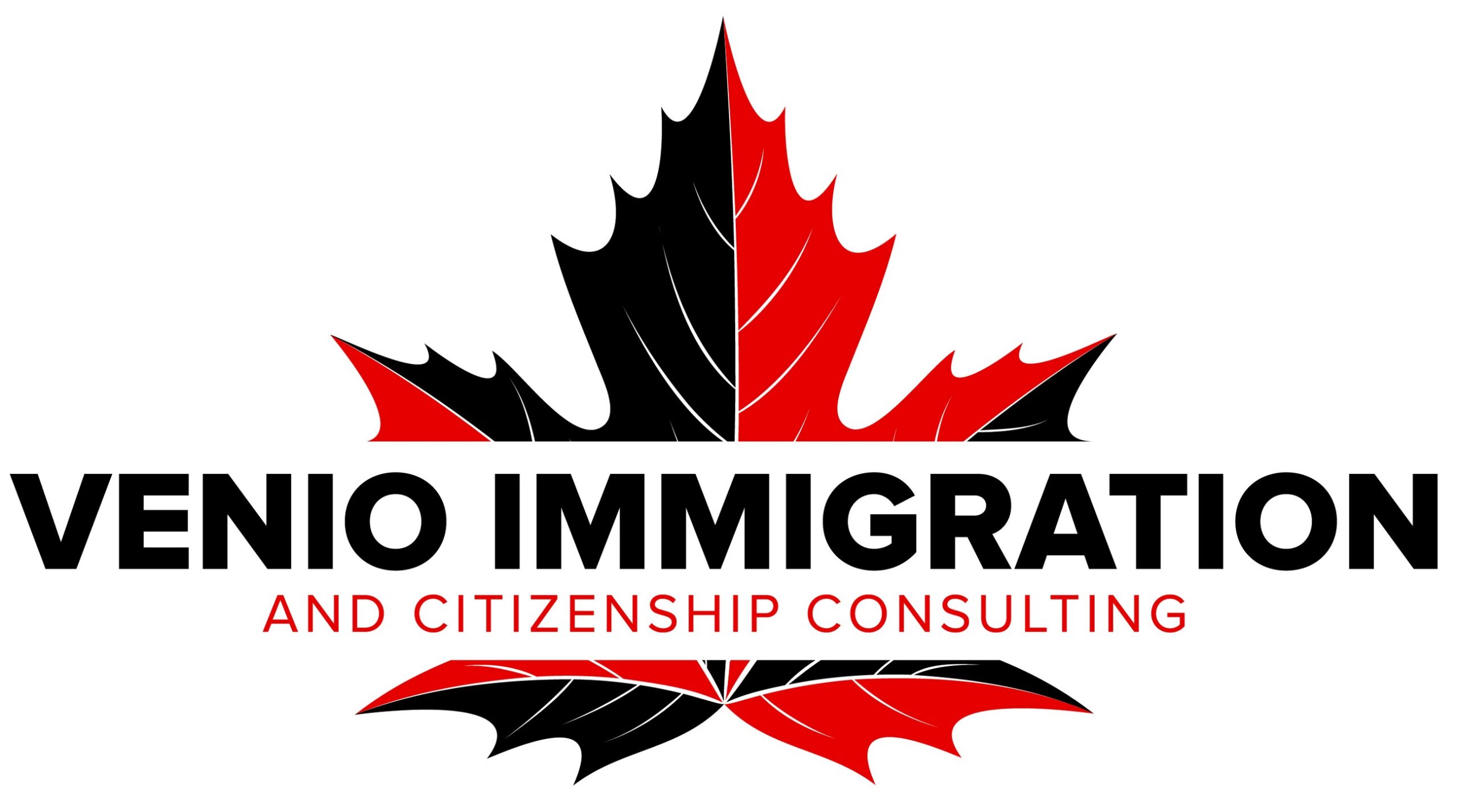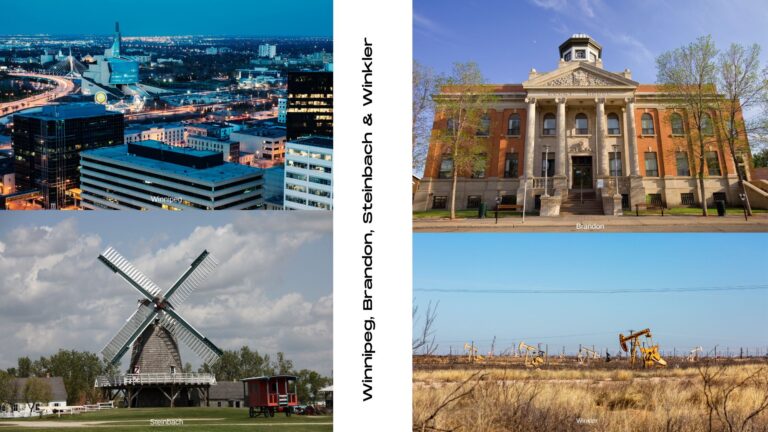Express Entry: The Federal Program for Skilled Trades Workers

What is FSTP? The Federal Skilled Trades Program, commonly known as FSTP, offers foreign skilled tradespeople the opportunity to become permanent residents of Canada. The FSTP is a Canadian immigration program that allows skilled foreign workers in the skilled trades to become permanent residents of Canada, based on their credentials and other characteristics. Many high-demand tradespeople can apply for permanent residency in Canada through the FSTP, which uses Canada's Express Entry immigration system. To qualify for the FSTP, skilled tradespeople must have at least two years of full-time or equivalent paid work experience in one of the many eligible trades within the last five years. They must also meet other program standards, including health status, appropriate post-secondary education or training, character assessment, fluency in English or French, and other factors.
Currently, the following skilled occupations are eligible: industrial, electrical and construction occupations, maintenance and equipment operations, natural resources supervisors and technical occupations, agriculture and related production, processing, manufacturing and supply supervisors: and central control operators, chefs and cooks, butchers and bakers. Applicants must also meet language, work experience and competency criteria to be considered for this stream. The Express Entry system processes applications for the Federal Skilled Trades Program.
Thousands of people receive permanent residency in Canada every year
Every year, thousands of people become permanent residents of Canada. The Canadian government has recognized that new immigrants are needed to meet future labour market demands and to contribute to Canada's long-term economic growth and prosperity. Immigration, Refugees and Citizenship Canada (IRCC) will be able to proactively screen, attract and select skilled and/or qualified immigrants for federal economic immigration programs under the new system:
- The Federal Program for Skilled Workers
- The Federal Skilled Trades Program
- The Canadian Experience Category
Each province and territory will be able to use the Express Entry system to recruit suitable candidates for their provincial nominee programs, enabling them to meet labour market demands. Employers will play an important role in the selection of economic immigrants, and will be able to find qualified candidates through Canada's newly enhanced job bank, as well as the appropriate provinces and territories, where applicable.
What is considered a "specialized trade"?
A skilled trade is a labor occupation that requires specialized training and involves a lot of manual labor that can be physically demanding. A job must be on the list of qualified skilled trades, i.e. jobs that are eligible for immigration under the Federal Skilled Trades Program. The trades covered by this program are
- Construction, industry and electricity
- Maintenance and operation of machinery and equipment.
- Supervisors and technical professionals in the fields of natural resources, agriculture and related manufacturing.
- Supervisors of processing, manufacturing and utility operations, as well as central control operators.
- Cooks and chefs.
- Bakers and butchers.
Why does FSTP exist?
Canada has one of the strongest economies in the world, and as it grows, there will be a greater demand for talented employees to fill the thousands of vacancies that will result from this ongoing economic expansion. However, with the supply of skilled employees falling short of demand, the Federal Skilled Trades Program was developed. Not only does this program help to keep the economy growing by filling vacancies in Canada, it also gives more opportunities to skilled people who might otherwise have difficulty finding work in their home countries.
What are the requirements of the Federal Skilled Trades Program?
You must meet six types of qualification requirements to be eligible for the PTMS.
Eligibility requirements
The Federal Skilled Trades Program is available to foreign skilled tradespeople who wish to become permanent residents of Canada through the Express Entry (PTMS) system. However, they must meet a number of qualification standards, which are listed below:
- Applicants must have completed the training required for the trade in which they are applying, and meet the requirements of the National Occupational Classification (NOC) for the trade.
- Must have at least two years of full-time or equivalent paid work experience in an eligible trade within the last five years.
- Meet language requirements in English and/or French.
- A full-time job offer with a Labour Market Impact Assessment for the whole year or a certificate of competency in the appropriate trade from a provincial or territorial authority in Canada.
- Other Canadian government criteria include proof of money, a character evaluation and a health check.
What is the processing time?
The majority of requests are processed in six months or less.
If the applicant is eligible for the Federal Skilled Trades Nominee Program, he or she must create an Express Entry profile online that includes age, work experience, skills, language proficiency, education information and other required personal information. The applicant's profile will be placed in a ranked applicant slot in the Global Ranking System (GRS) once it has been validated by Immigration, Refugees and Citizenship Canada (IRCC). A score of up to 1200 will be awarded to each immigration applicant. The Canadian government organizes periodic draws from the Express Entry applicant pool, with those who score highest receiving an Invitation to Apply (ITA) for permanent residence. Applicants who have been invited have 60 days to submit a complete, error-free application and supporting documents. After submitting the application, IRCC will issue an acknowledgement of receipt if the application is complete before proceeding with processing. Your application will be assessed by a Canadian visa office.
What trades are eligible under the Federal Skilled Trades Program?
The 2016 Canadian National Occupational Classification, or NOC, classifies skilled trades into six distinct categories (groups), all of which are classified as Skill Level B jobs. Here are the National Occupational Classification (NOC) occupational groups that qualify for PTMS:
- Large Group 72
- Large Group 73
- Large Group 82
- Large Group 83
- Large Group 92
- Large Group 93
- Subgroup 6320
- Basic group 62200
The Federal Skilled Trades Program (FSWP) is broad in scope, enabling skilled professionals in a variety of industries, such as mechanics, technicians and other in-demand trades, to find employment in Canada, and to live and work here.
Educational requirements
While there are no formal education requirements for the Federal Skilled Trades Program, having some degree of qualifying education will help you stand out. If you have any of the following, you must indicate it in your application:
- A Canadian high school diploma or university degree.
- A completed foreign diploma plus an Educational Credential Evaluation (EDE) from a recognized organization demonstrating that your education is equivalent to a secondary (high school) or post-secondary (university) level in Canada.
If you meet one of these conditions, you'll earn more points and have a better chance of being selected from the pool of candidates and receiving an invitation.
Language requirements
As both English and French are official languages in Canada, you must meet the minimum requirements for at least one of the two languages. A minimum of Canadian Language Benchmark CLB5 is required for speaking and listening, CLB4 for reading and writing. You must also pass authorized speaking, reading, listening and writing tests, and record your results in your Entrée Express profile. Candidates have the option of taking either the English or French test. There are two alternatives for English: CELPIP or IELTS. For Express Entry, only general or non-academic tests are accepted. TEF Canada or TCF Canada are the authorized French tests. If the language test score is less than two years old, it is acceptable (on the day you apply for permanent residence).
Eligibility requirements
If you wish to apply through PTMS, you must be eligible to enter Canada. The reasons for inadmissibility are as follows:
- You're a security threat.
- You have committed international or human rights violations.
- You have been convicted of criminal offences inside or outside Canada.
- You are linked to a criminal group.
- You have major health problems.
- You're experiencing financial difficulties.
- You lied about yourself or your family in your application or interview.
- A family member is not authorized to enter Canada.
Evaluation requirement (provincial, territorial or federal)
You may need to be assessed and obtain a credential certificate from a provincial, territorial or federal organization, depending on your level of expertise in your trade. Once you've determined the occupation and NOC number of your profession, visit one of the Canadian provincial and territorial websites to see which organization controls your profession and how to obtain an assessment. Here's the list of Canadian provinces and territories (outside Quebec):
- Northwest Territories
- Nova Scotia
- Nunavut
- Ontario
- Prince Edward Island
- Saskatchewan
- Yukon
- Alberta
- British Columbia
- Manitoba PNP
- New Brunswick
- Newfoundland and Labrador
If your trade is regulated by the federal government, such as aviation mechanics, you'll need to research who regulates it on the Canadian Information Centre for International Credentials website. With the exception of Quebec, you can reside in any province in Canada as long as your skills are relevant. The Quebec-selected skilled worker program allows Quebec to recruit its own skilled workers. Visit the Canadian government website and answer a few questions to see if you qualify.
How do I apply for the PTMS?
Once you've determined your eligibility for the program, you'll need to follow a number of steps to submit your profile and application.
Gather supporting documents
You must first submit your Express Entry profile to begin the application process. However, before you begin the profile, you'll need to gather your documents in order to complete it more quickly. You'll need the following documents:
- A valid passport or travel document ;
- Your language test results ;
- School qualifications evaluation report so you can earn extra points;
- Written offer of employment from a Canadian employer or certificate of qualification issued by a province or territory ;
Since the PTMS selects candidates from a pool to invite them to apply for permanent residence, you must also have the following documents available:
- Police certificates attesting that you have no criminal record;
- Medical examinations to demonstrate your excellent health;
- Proof of sufficient finances to support your trip and the first few months in Canada while you look for work.
It's a good idea to compile all these documents in advance, so you don't waste time submitting them if you're selected.
Submit your profile
A Government of Canada account is required to submit your profile. You can create one by clicking on this link and logging in using your banking information or a Government of Canada identifier (GCKey). Then, to see if you qualify for PTMS, complete the Express Entry eligibility questionnaire.
You will be asked to complete your profile if you are qualified. Personal information, professional and educational records, language skills and other documents will need to be entered. You'll also need the NOC code for your skilled trade. You don't have to submit your profile immediately. You have 60 days to submit it from the moment you start working on it. If you don't submit within 60 days, you'll have to start again.
Wait for selection
From a pool of applicants, the federal skilled trades program uses a point system called the Global Ranking System (GRS). The Government of Canada regularly selects people from the pool and invites them to apply for permanent residency. The information you provide and the points you receive for each qualification are used to make a decision. The Canadian government assigns points to each piece of information, such as education, employment and language skills, and then evaluates the candidates. The top-ranked candidates are selected and invited to submit an application. Meanwhile, you can concentrate on raising your scores while you wait for an invitation. You can search for a job opening, then update your profile if you didn't have one when you submitted your profile. You can also advance your studies or professional qualifications by attending courses or working in your home country to gain experience in your field. You can also retake language exams if you wish to improve your score. Any improvements you make will have an impact on your SCG score and could increase your chances of being selected.
Obtain an invitation to apply (ITA)
You will be invited to apply for permanent residency if you qualify for the program and have one of the highest scores in the applicant pool. You have the option of accepting or declining the invitation.
Applying for permanent residence in Canada
The invitation will explain the permanent residence application process. You will need to log in to your account, follow the link provided and complete the required forms. You must fill in all the necessary fields and provide all the information requested on your forms. After completing the forms, you'll need to submit the supporting documents you obtained in the previous phases. If your documents are not in English or French, scan them and, above all, provide certified translations by an accredited translator. Upload them to the system and check that they are clear and legible. For your passport to be accepted, it must be valid for six months or more on the date you submit your application for permanent residence. To apply for permanent residence in Canada as a foreign skilled worker under the MSWP, you must complete a number of steps, all of which are described below:
Fill in an express entry profile
Interested parties must complete an Express Entry profile online, and those who qualify will be added to the pool of eligible applicants in the Canadian immigration system.
Invitation to submit an application or IPD
A high Global Rating System score or provincial/territorial designation is required to receive a PDI.
Canadian visa application
After receiving an IPD, the applicant must submit an application within 60 days, along with the required fees and other supporting documents.
Waiting for the decision
After submitting the application with all the required documents and processing fees, the applicant simply has to wait for a decision. After submitting the application, this normally takes six months or less.
Confirmation of permanent residence
If the application is approved by the IRCC visa office or processing center, a confirmation of permanent residence will be sent to the applicant. Their valid passport will be stamped with a Canadian visa, indicating that they will be residing permanently in Canada. On arrival in Canada, they must provide all these documents to Canadian immigration officials at the border. This will confirm their status as permanent residents.
Benefits of permanent resident status in Canada
In addition to better job prospects in their field, qualified international professionals who obtain permanent residency in Canada can enjoy the following benefits:
The freedom to live, study and work in Canada
Permanent resident status in Canada will enable you to pursue greater opportunities when and where they arise.
Your stay has no time limit
You can come and go as you please in Canada as a permanent resident, and you don't have to worry about the length of your stay as long as you meet the residency requirements.
Social and public health services are provided free of charge
As a permanent resident of Canada, you are entitled to free or subsidized basic medical care at all times.
Visa applications for family members (sponsorship)
With permanent residency, you can sponsor eligible family members for visas so they can join you in Canada as permanent residents.
Have many of the same privileges as Canadian citizens
As a permanent resident of Canada, you have many of the same rights as Canadian citizens, including the ability to work, own property, acquire a driver's license, open a business, receive free health care and participate in educational programs.
Become a Canadian citizen in the future
You'll be eligible to apply for citizenship after having lived in Canada for at least three of the last five years, and meeting other conditions if you obtain permanent resident status. Finally, the Federal Skilled Trades Program (FSTP) enables foreign skilled workers to seize greater opportunities in Canada, while maximizing the potential of their chosen trades. What's more, they can become permanent residents in a country renowned for its welcoming attitude to immigration, wealth, peace and good standard of living.
Will the express entry procedure give me citizenship?
No, the purpose of Express Entry is to offer permanent residency to talented immigrants. You'll have access to many of the same benefits as citizens, such as health care and the ability to work and live in any province in the country, but you won't be allowed to vote or run for office.







